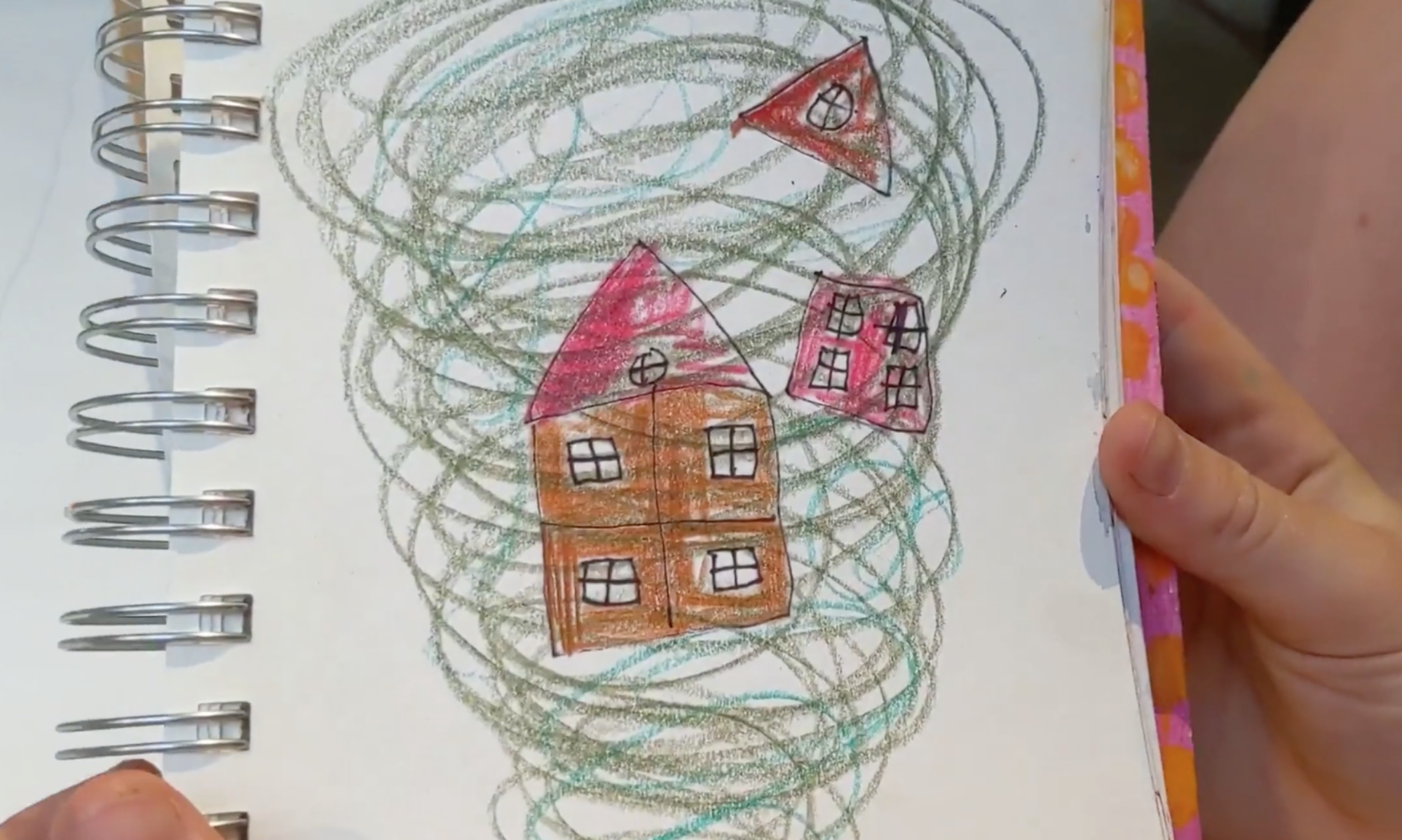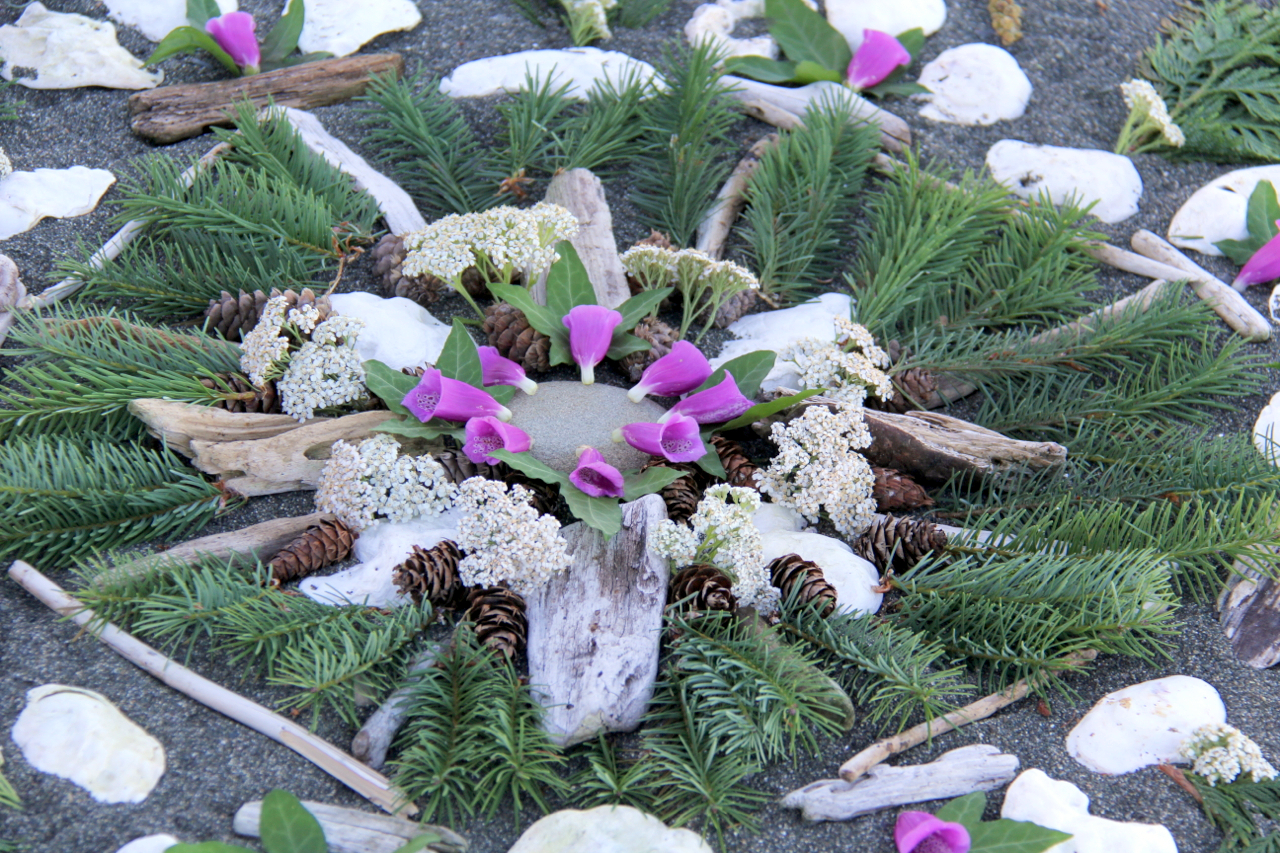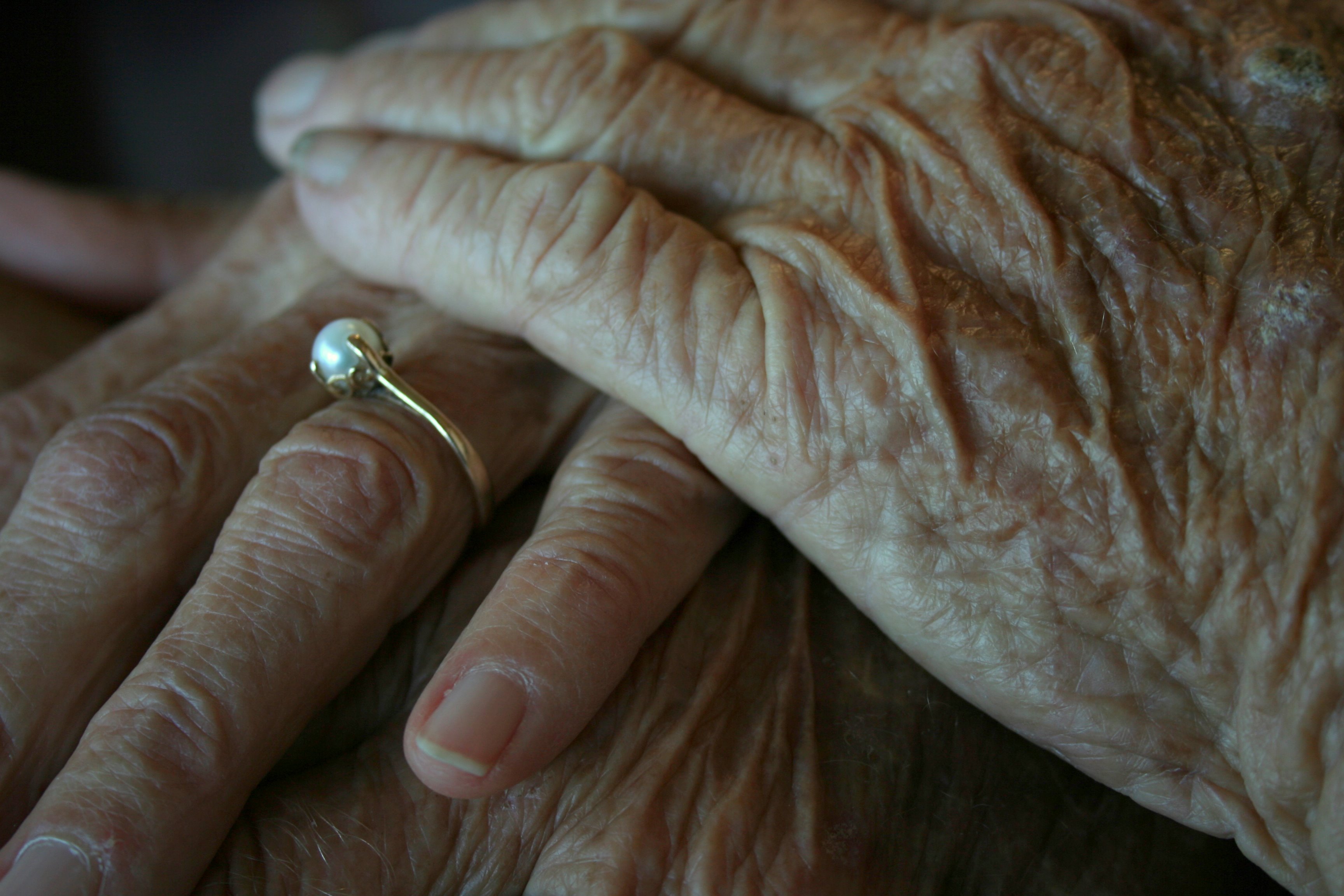Ocean Mandalas Use Found Natural Materials
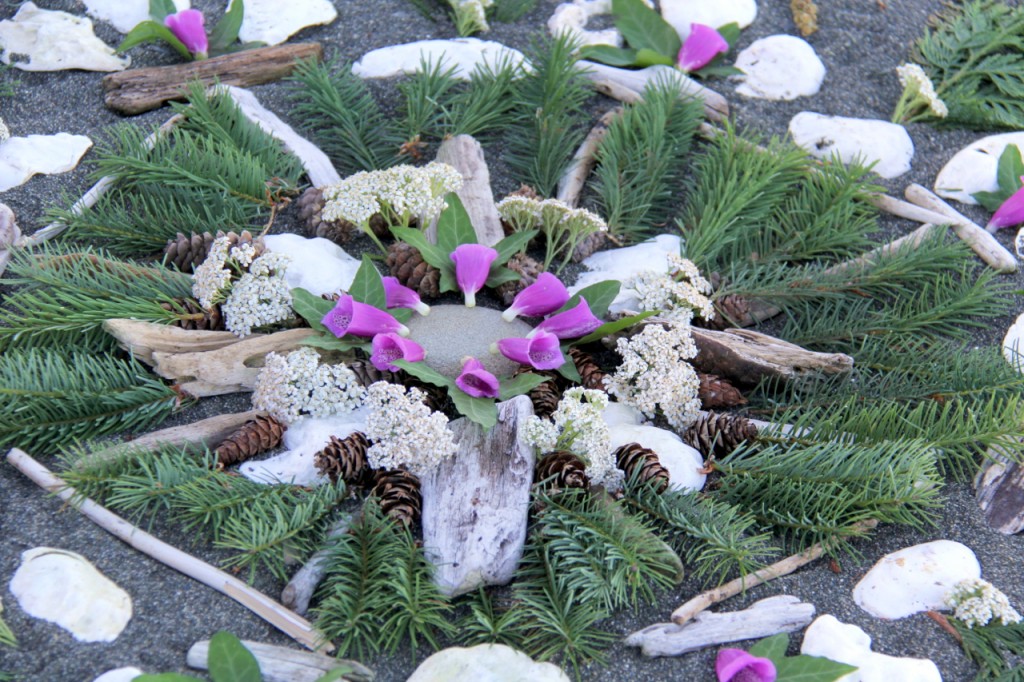
At our family reunion on Vancouver Island this past weekend, some of us made mandalas of shore materials we found in the forest and on the beach. Natural object mandalas are– by their very nature — ephemeral, and will be destroyed by the tides, wind, wildlife and time. Yet the making of these circular designs gives so much pleasure it doesn’t really matter that they won’t last long.
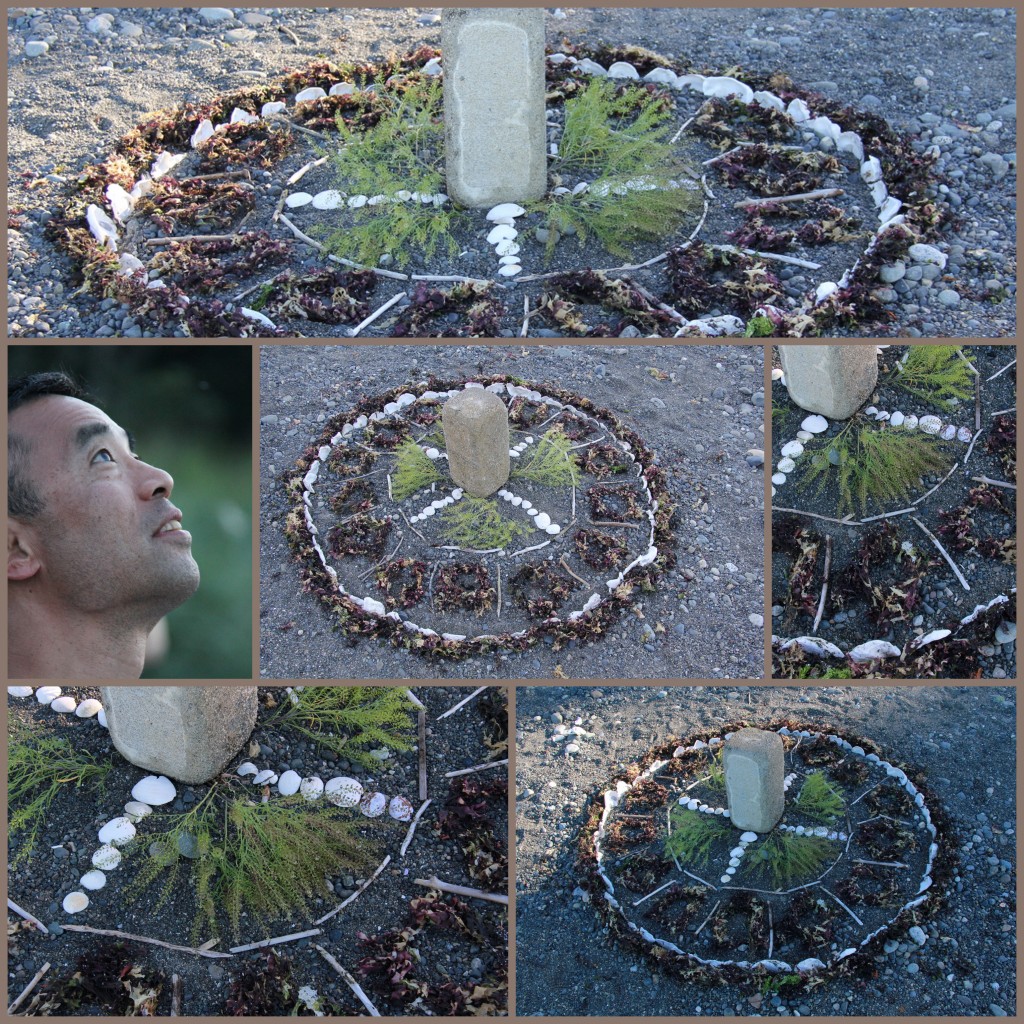
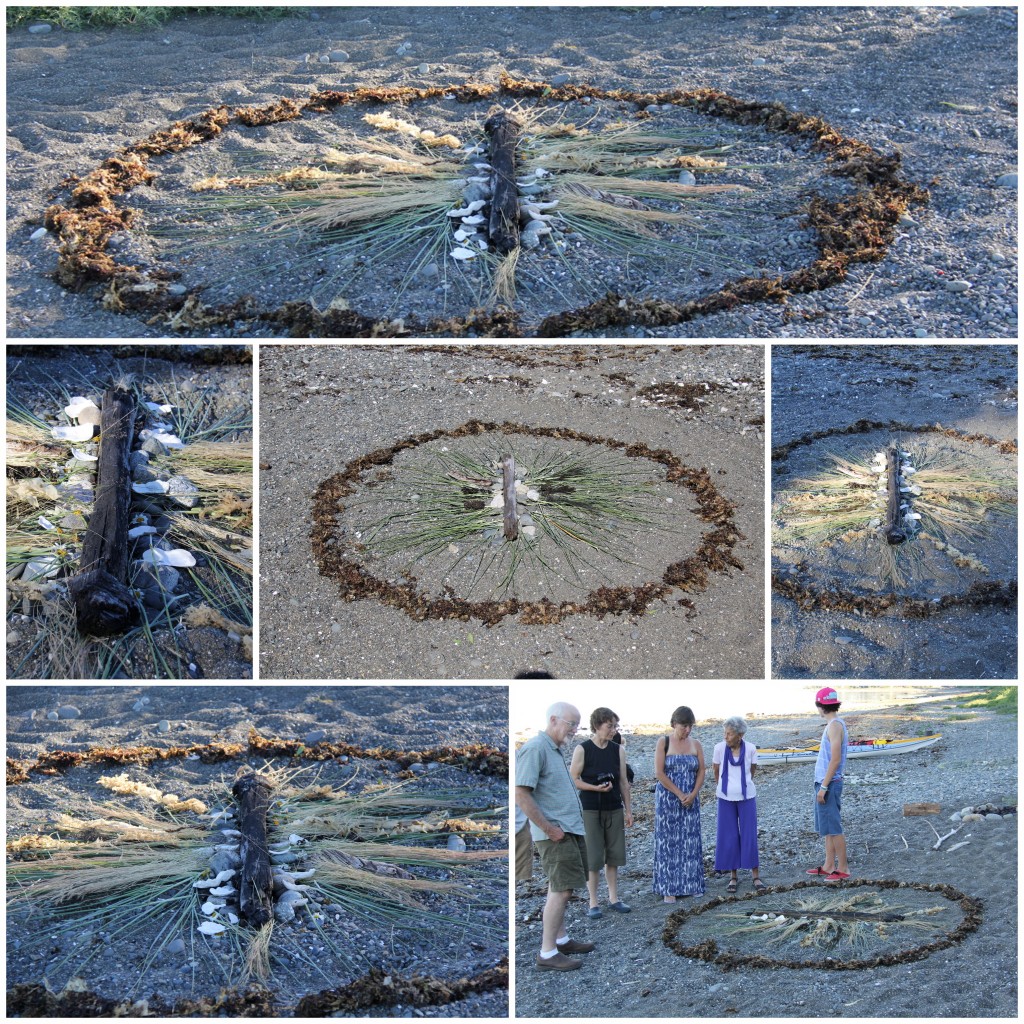
As the evening cooled, we walked around admiring the mandalas … then later watched as Tom and Kat’s mandala was washed away by the incoming tide. I love thinking of beach-walkers stumbling across our mandalas and wondering about the makers. I hope these photos inspire you to make your own mandalas, no matter where you are.
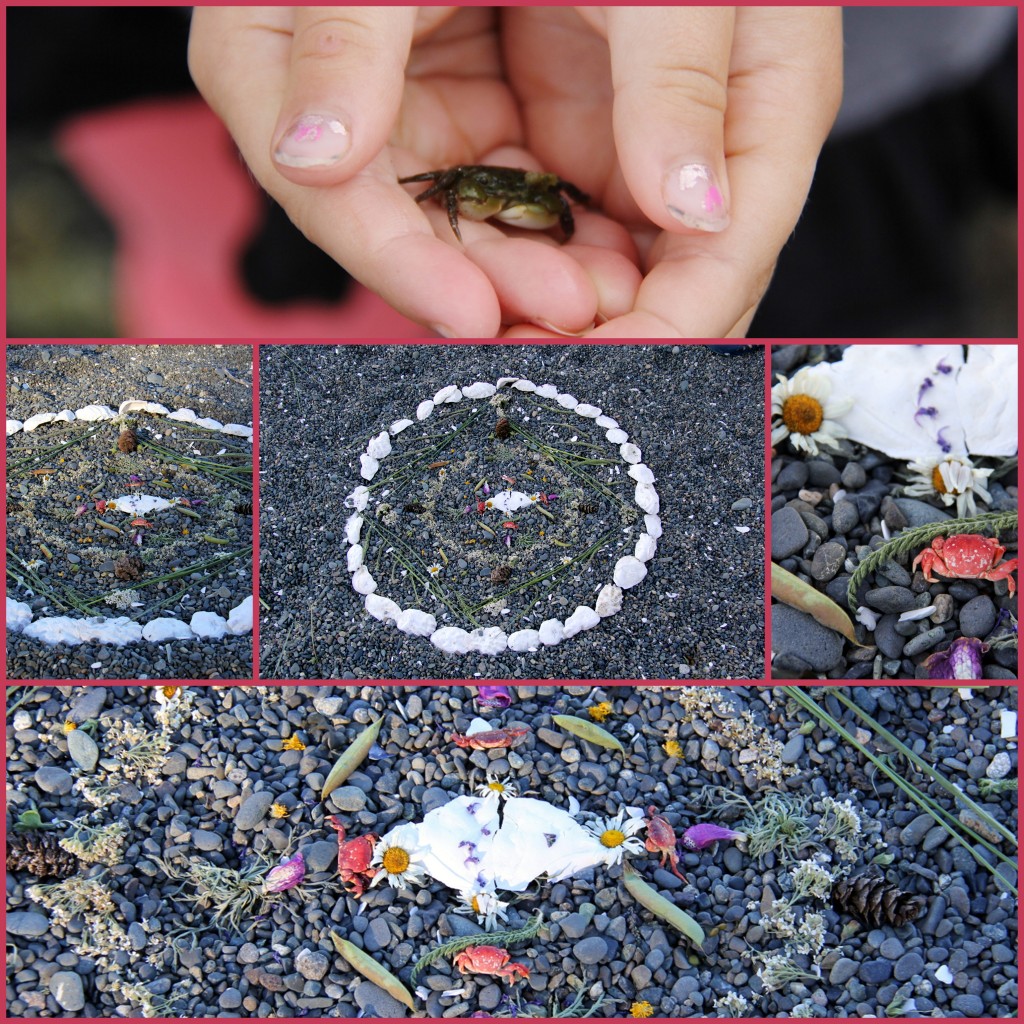
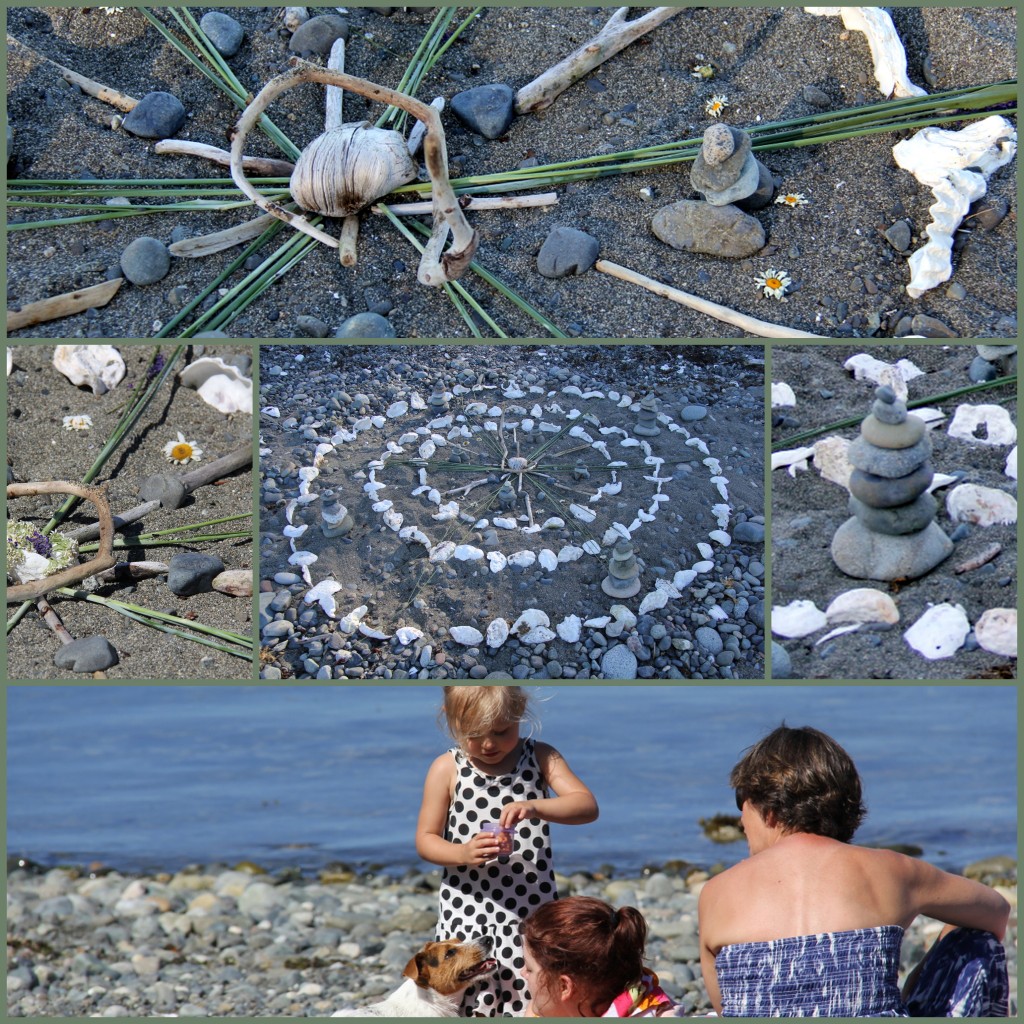
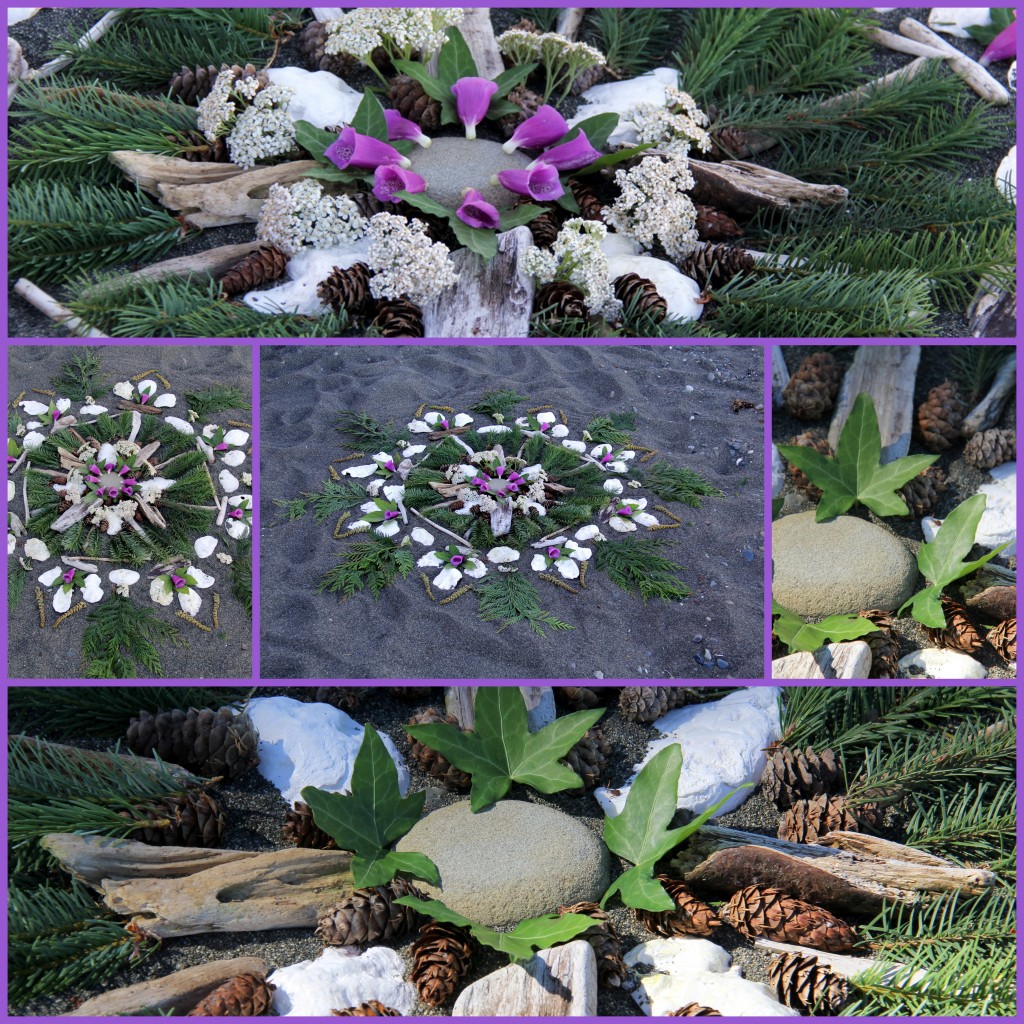
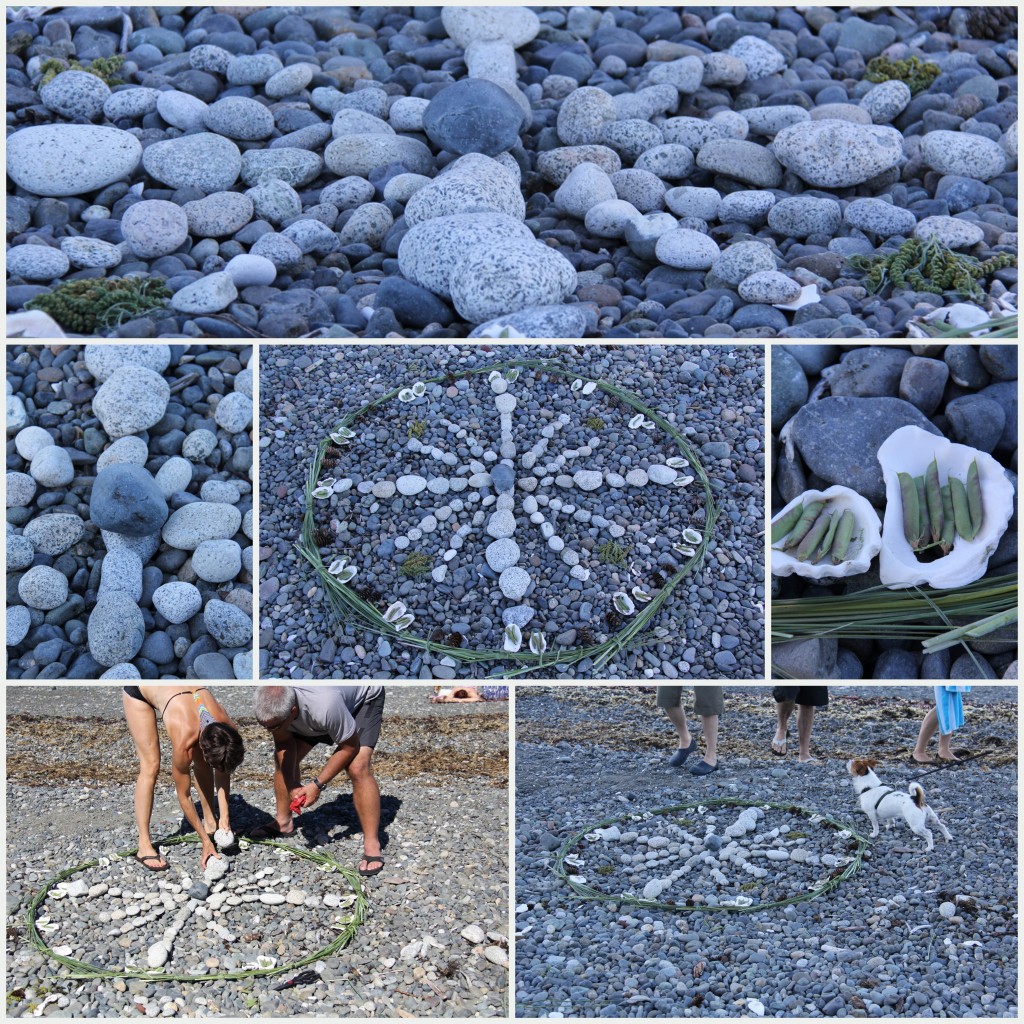
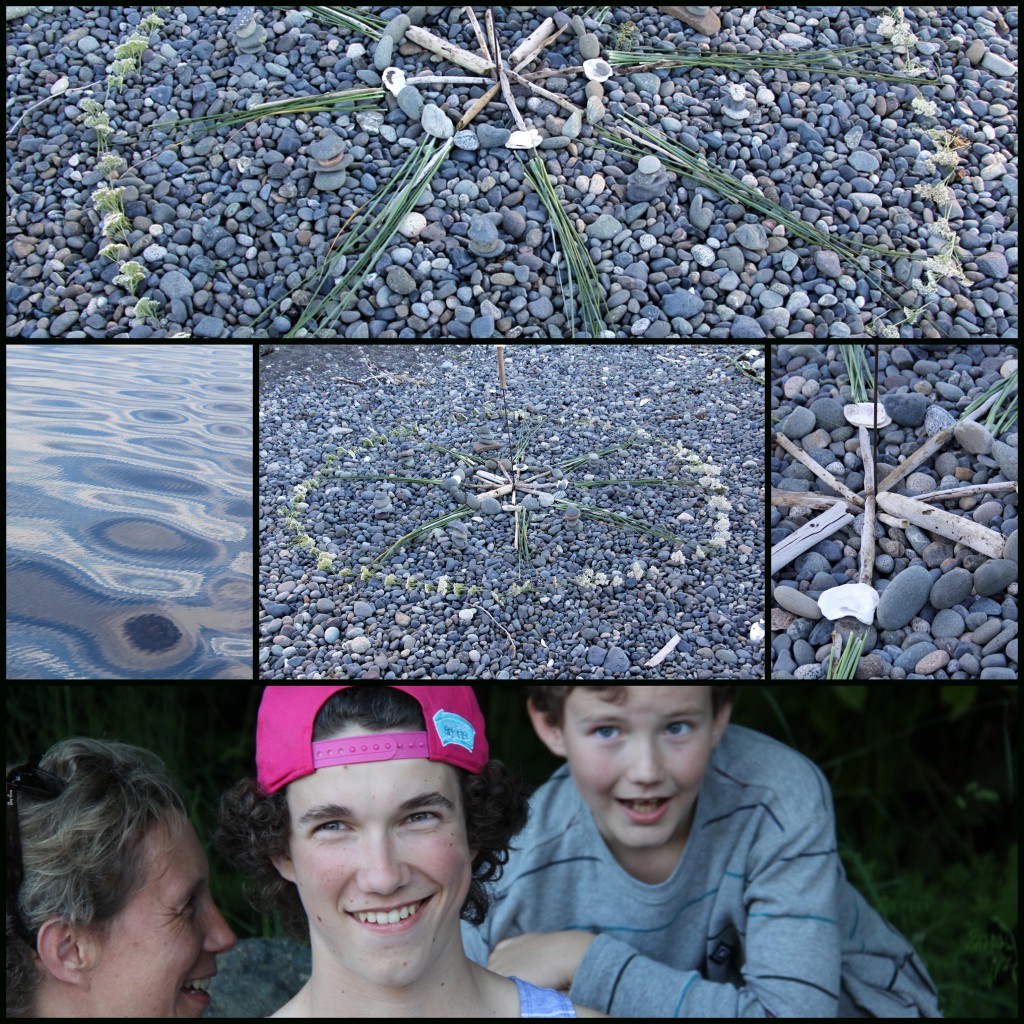
Metta: Loving Kindness
Contemplative Art in the Garden
A garden is a peaceful place to connect with every part of creation . . .
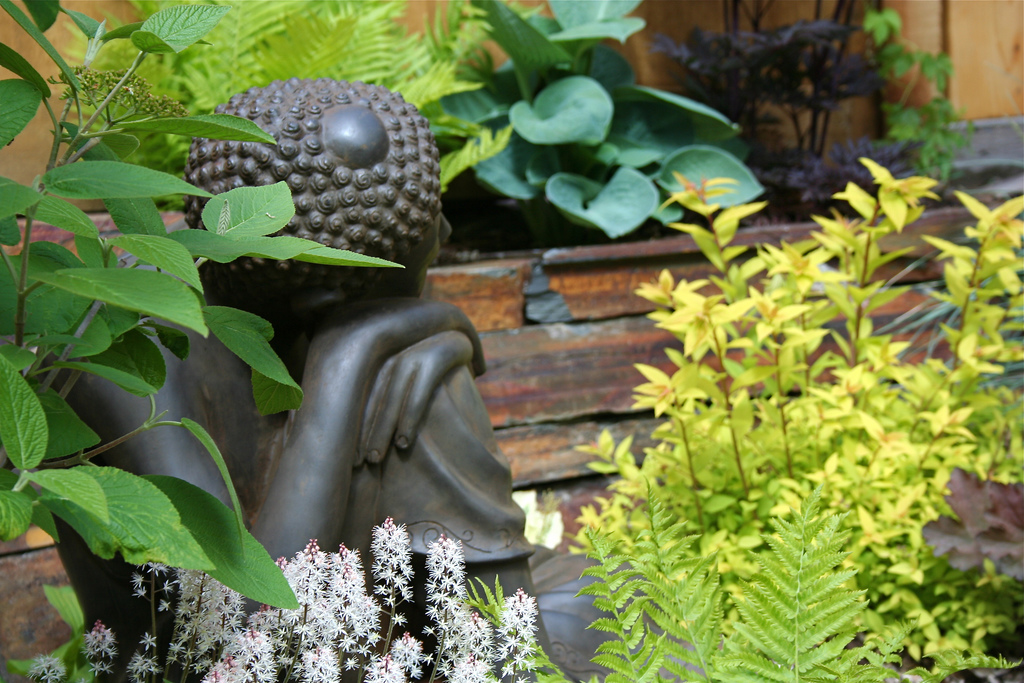
I have worked with my son, Gabe and his best friend Jack, on spring garden cleanup for some of my design clients. I love hanging out in these gardens! For me, that is one way I know I have succeeded in a garden design. Another sign of a successful design is that my clients are happy in and with their own gardens, even years after the first installation.
The almost life-size Buddha (above) rests among the “ten thousand things” in a Contemplative Garden we have installed over the last two summers. “Ten thousand things” is a Buddhist expression representing the interconnection and simultaneous unity and diversity of everything in the universe.
Each one of us is here for a reason and the world would be incomplete without us.
In the Huichol spiritual tradition my husband and I follow, there is a similar concept, that each of us has all of creation inside our hearts:
“Huichols say we are all joyous beings of light. We were created out of love, from all the elements of the natural world — fire, air, water, and earth. Because of this, each of us is a miniature universe, a mirror of the natural world outside of ourselves, and also a mirror of the spirit world. All the knowledge and secrets of those two worlds are also inside of us, and everything is perfectly arranged. Our job is to tap into that arrangement, to understand it and to live in harmony with it.” — Brant Secunda, Huichol Shaman and Healer
If we strive to deeply understand and perceive our world as inseparable from ourselves, then we will have empathy for every part of creation. We are an integral part of everything. Every one of the ten thousand things is, in the true sense, part of us. And everything is perfectly arranged!
This — whether we paint, draw, sing, pray, dance, cook,write code or write poetry — this empathy makes every one of us an artist and a spiritual being.
So, today, go out into a “Garden,” no matter where it is and see your connection to nature as a work of art and as an act of prayer: in a wildlife refuge, in your back yard, on your balcony, in a city park, in a plant nursery or just in a clay pot on your kitchen windowsill.
Find your connection with nature: watch the unfolding of leaf buds and see not just a “plant” but also freedom, flight, wings, wind, the lightness of a heart. Can you see your own life in the artistry of the natural sculpture in the photo below?
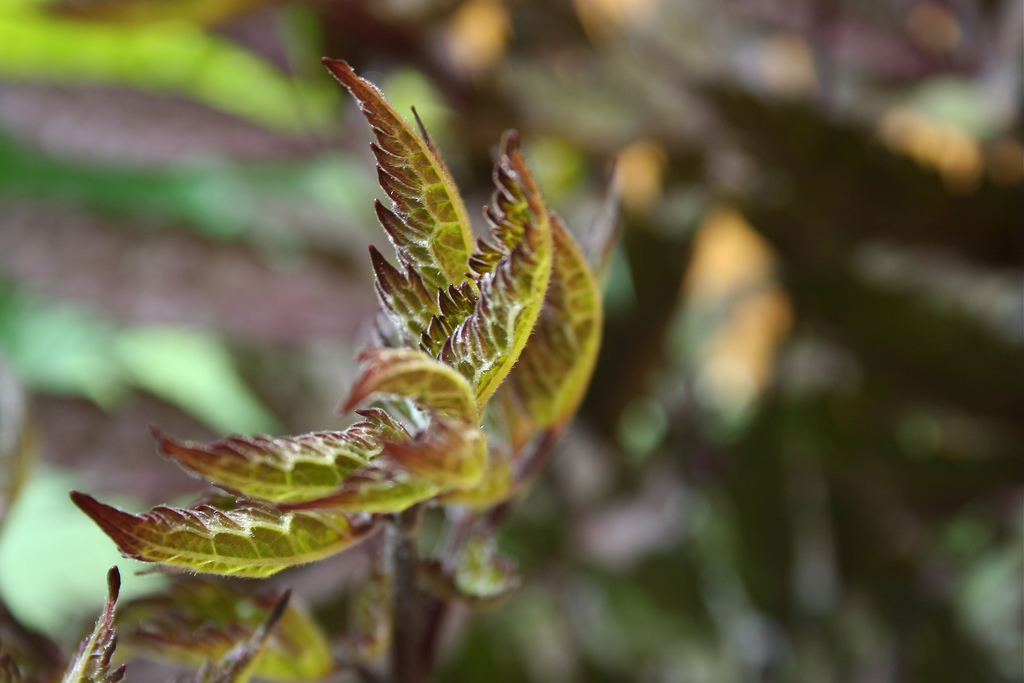
Winged One, © 2008 by Maureen Shaughnessy
- Dance of the Deer Foundation
- The Huichol Foundation, a non-profit foundation we support
- Read more about The Huichol Indians of the Sierra Madre in Mexico
- See more photos of the above Contemplative Garden in progress
- More about spring garden cleanup tasks at my old blog, Raven’s Nest
